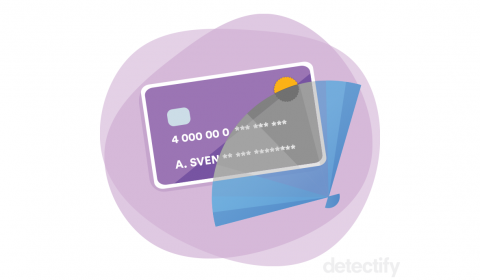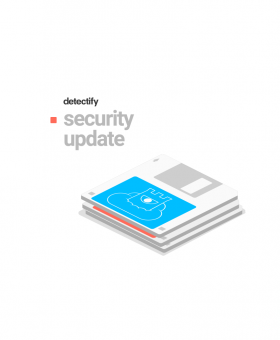Weekly Cyber Security News 19/04/2019
A selection of this week’s more interesting vulnerability disclosures and cyber security news. While not as main stream as Skype, Matrix has certainly gained a good following (one I’ve been personally watching for a few years myself). The announcement of a major breach via vulnerabilities in it’s Jenkins CI system do highlight that any door in will be taken and used to pivot into where the jewels really are.










